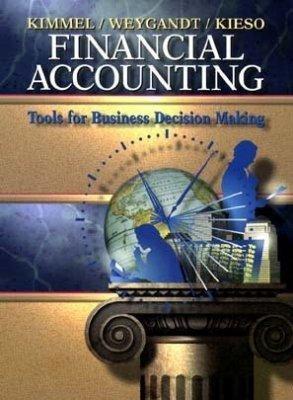Presented below are the assumptions and principles discussed in this chapter: 1. Full disclosure principle 4. Time
Question:
Presented below are the assumptions and principles discussed in this chapter:
1. Full disclosure principle 4. Time period assumption 2. Cost principle 5. Going concern assumption 3. Monetary unit assumption 6. Economic entity assumption
\section*{Instructions}
Identify by number the accounting assumption or principle that is described below. Do not use a number more than once. \(\qquad\)
(a) Is the rationale for why plant assets are not reported at liquidation value [Note: Do not use the cost principle.] \(\qquad\)
(b) Indicates that personal and business record-keeping should be separately maintained \(\qquad\)
(c) Assumes that the dollar is the "measuring stick" used to report on financial performance \(\qquad\)
(d) Separates financial information into time periods for reporting purpose
(e) Indicates that market value changes subsequent to purchase are not recorded in the accounts \(\qquad\)
(f) Dictates that all circumstances and events that make a difference to financial statement users should be disclosed
Step by Step Answer:

Financial Accounting Tools For Business Decision Making
ISBN: 9780471169192
1st Edition
Authors: Paul D. Kimmel, Jerry J. Weygandt, Donald E. Kieso





